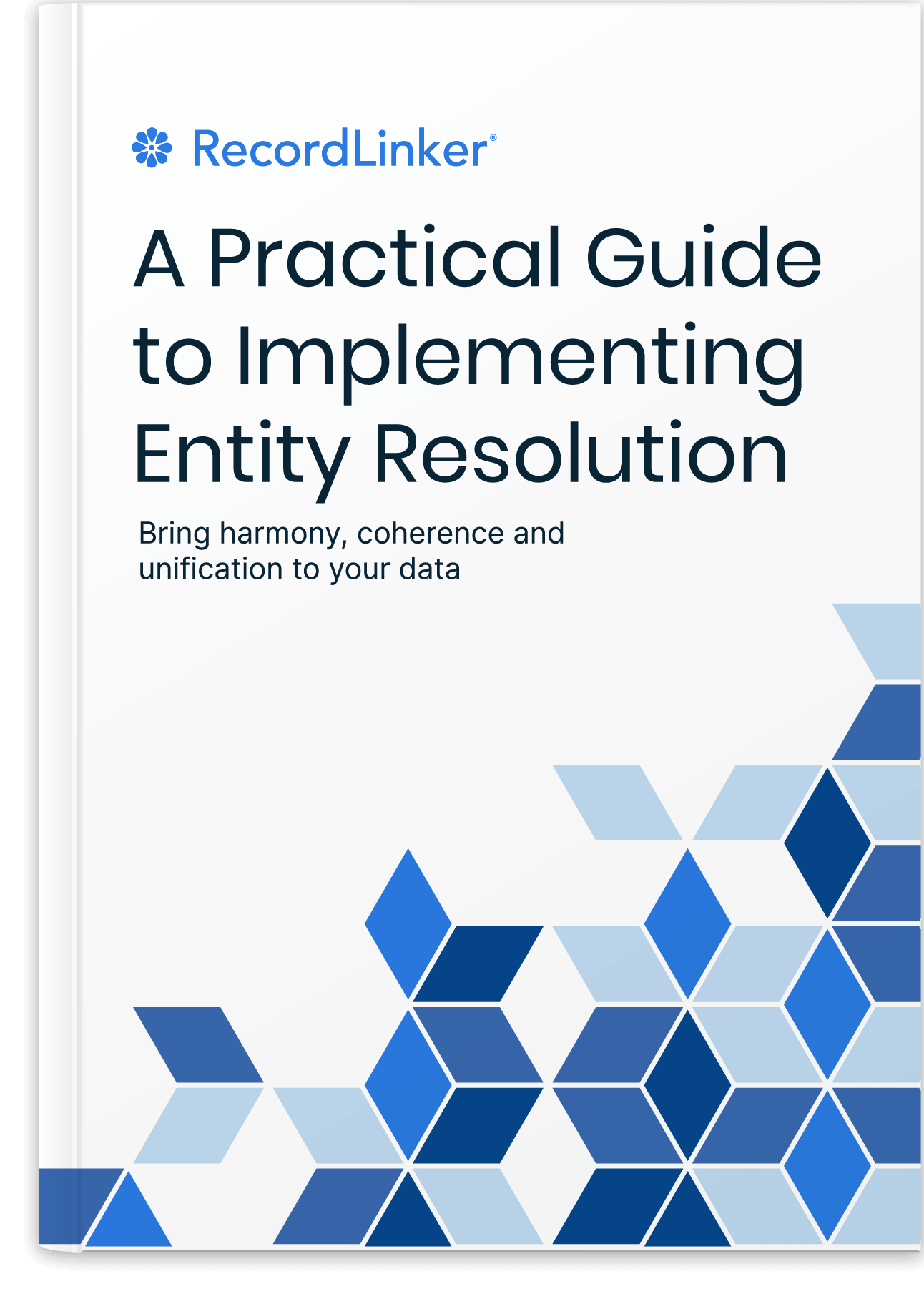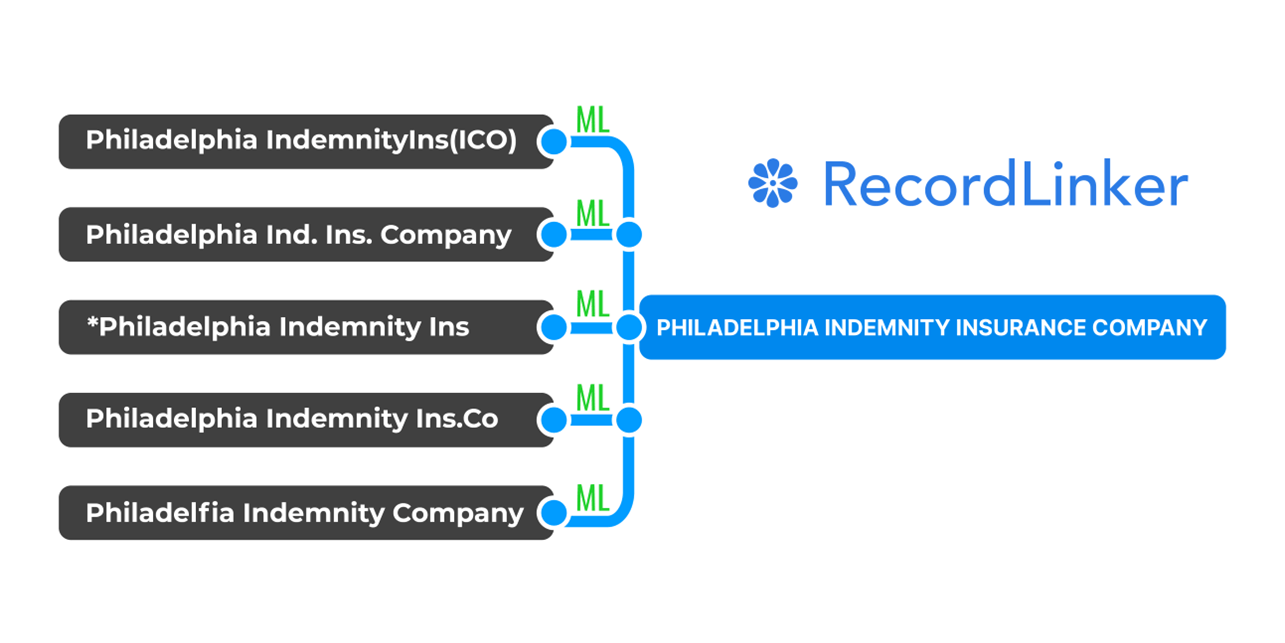Data Conversion 101: Definition, Complementary Terms, Enterprise Uses

What Is Data Conversion About?
Data conversion is a process of transforming one data format or structure into a different one. The main concern of data conversion is ensuring that data integrity gets retained. In the context of work with enterprise systems, data conversion appears along with topics such as data migration, data integration, legacy systems, replatforming, as well as mergers and acquisitions.
Why Do We Need Data Conversion at All?
Enterprise systems come with a lot of diversity in tech and design decisions. At the same time, organizations need interoperability – as they work closely as partners and merging business entities, and often operate within larger supply chains.
Even industries with established software vendors tend to see emerging challengers, as well as new systems developed or acquired by tech incumbents.
These systems are hardly ever compatible.
Then other factors come into play, including necessity for system replacements, legacy system integration, changing legal requirements, regional regulatory compliance (core systems may have separate builds e.g. USA/EU), and overall strategic IT choices made to stay competitive.
The End-Goals of Data Conversion
On a general level, data conversion is all about making that converted data set ready for meaningful use within a target system central to your operations and reporting etc.
So, what may be the outcomes of a successful data conversion project?
- Changing the data format or structure in a way that matches the requirements of the target system.
- Maintaining the integrity of data to the fullest extent allowed by the destination format and structure. In other words, adapting input data in a way that does not impact its accuracy, completeness, and quality.
- Integrating a new data set into an existing data set of your system without compromising integrity of your reference data.
Let’s get past confusing terms – it’s all in the details. Then we’ll dive into more practical stuff.
Are Data Format and Structure The Same?
Nuh-uh! Data conversion typically involves both structural and format changes. Let’s deal with this quickly:
Data formatdefines how individual data values are represented (think about time formats'2024-06-19'vs.'06/19/2024'as the simplest example).Data structurerefers to how data is organized and related, e.g. think about these elements:hierarchical,flat, andrelational structuresone-to-one,one-to-many,many-to-manyrelationshipstypes of objects / entitiesand theirattributesnaming of structural elementslike columns, attribute labels, tables etc.
In theory, you can have two systems making use of the same data structures that differ just with data formats. In practice, this is unheard of – even within a solution suite coming from the same enterprise system vendor. This should already be telling you that data conversion is a huge endeavor.
Data Conversion vs. Data Migration
Data conversion aims to adapt data to meet the specific requirements of a new system, involving changes to its format and structure. This is essential when, for example, converting financial records from one accounting software to another.
Data migration focuses on moving data from one location or system to another one. An example of this would be migrating customer data from an old CRM to an updated CRM platform, where the data fields remain the same.
Essentially, data migration may require data conversion, but it may also be just about moving data to a different storing location without altering its existing format and structure.
System Conversion vs. Data Conversion
System conversion and data conversion are processes often encountered during large-scale IT projects. System conversion involves upgrading or replacing an entire system or platform (replatforming), which includes changes to software (e.g. applications), operational processes, and often hardware.
Data conversion, however, focuses on transforming data to ensure it is compatible with the new or upgraded system. This involves adjusting data formats, structures, and sometimes content to ensure data integrity and usability in the destination system.
Data conversion and system conversion usually go hand in hand.
Enterprise Applications of Data Conversion
Data conversion is an essential process in various IT scenarios which require compatibility, integrity, and usability across different systems and contexts.
1. System Upgrades and Replatforming
During system upgrades or replatforming, data conversion ensures compatibility of data migrated into a new system. When an organization decides to a new solution, data conversion is crucial.
This process involves mapping old data fields to new ones, reformatting data types, and ensuring that the integrity and accuracy of the data are maintained throughout the transition.
The main caveat here is that one of the systems will be abandoned. The data must be transformed to fit the new system’s format and structure, ensuring smooth conversion and continued functionality without data loss or corruption.
Free Book: Practical Guide to Implementing Entity Resolution
Interested in implementing an in-house record matching solution with your own development team without using any outside vendors or tools?

2. Legacy System Integration
Integrating legacy systems with modern applications often requires converting data to compatible formats. Legacy systems may store data in outdated or proprietary formats that are incompatible with contemporary applications.
Data conversion processes transform this legacy data to ensure it can be used effectively with new systems. For example, integrating a legacy inventory management system with a modern ERP solution involves converting data to ensure efficient interaction between the systems. This enables organizations to preserve historical data while using new technologies to enhance operational efficiency and improve decision-making.
There’s a high chance that you may need to design some data translation mechanisms to integrate two systems. It’s an important decision in IT architecture, so please, refer to our canonical data model article.
3. Mergers and Acquisitions: Post-M&A Integration
During mergers and acquisitions, integrating data from multiple organizations involves significant data conversion efforts. Each organization may use different systems, data formats, and structures, necessitating conversion to create a unified set of records in the target system.
Combining data supports consolidation of operations, reporting, and affects strategic decisions. Effective data conversion during mergers and acquisitions supports smoother transitions, enhances data interoperability, and ensures quick time to value.
4. Data Integration Projects and Data Warehousing
In data integration projects, data from multiple sources is combined to create a unified view, which is critical for comprehensive analytics and reporting. Effective business intelligence (BI) relies on data that is accurately structured and formatted for analysis.
Data conversion processes prepares data from disparate sources, transforming it into a standardized format facilitating work of analysts with BI tools.
Above all, data conversion helps you avoid transforming data directly inside the BI layer, which would creates piles of workarounds, new relational tables, connectors, and filters. This is not a stable way of designing maintainable reporting.
5. Cloud Migration
Migrating data to the cloud involves converting data to formats compatible with cloud environments. Different cloud platforms have unique requirements and capabilities, necessitating data conversion during the migration process.
For example, moving on-premises databases to a cloud-based database service like Amazon RDS or Microsoft Azure SQL Database requires converting data schemas and structures to match the cloud service’s specifications. This ensures that data is not only transferred but also optimized for cloud performance and scalability.
Effective data conversion during cloud migration enhances data management, enables easy access to data, and creates operational agility in the cloud.
More About Data Migration and Normalization
Check our recommended reading list for practical insights and easy-to-understand resources to help you establish good data practices in your organization. Proper data management is not simple – learn foundational concepts to discover helpful solutions to your data challenges.
- Avoiding Data Migration Risks
- Best Practices in Data Migration
- Mapping Data in Excel: Why You Shouldn’t Do That
- [Guide] Building Your Own Record Linkage Solution
- Normalizing Names of Companies, Vendors, and more

RecordLinker uses Machine Learning to make your data conversion and management painless.
Auto-map your records during system migrations (e.g. writing companies and parents), identify wildly different spelling variants as a single entity, bulk-create missing companies and configure employees in your core system. Standardize entire data marts.
To learn more about how RecordLinker can help you improve the quality of your data, <strongrequest a free demo!



